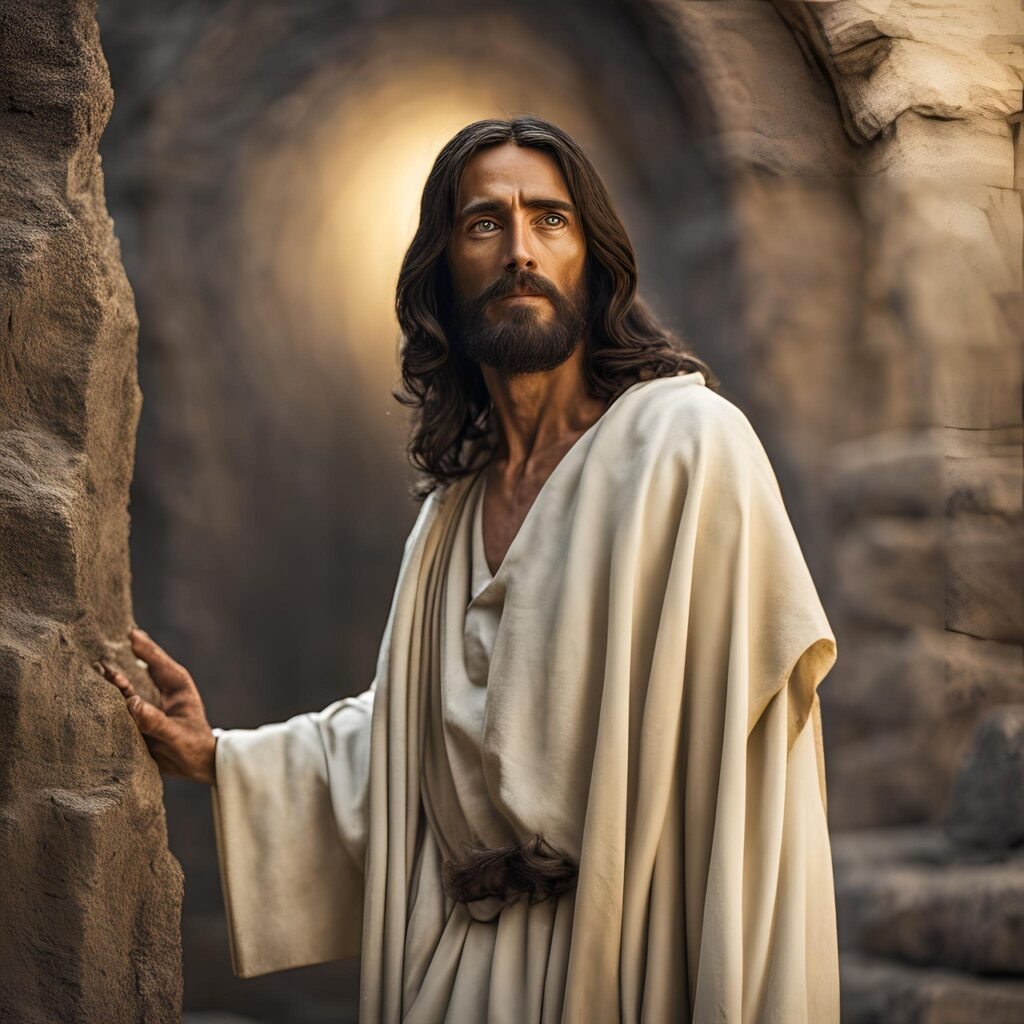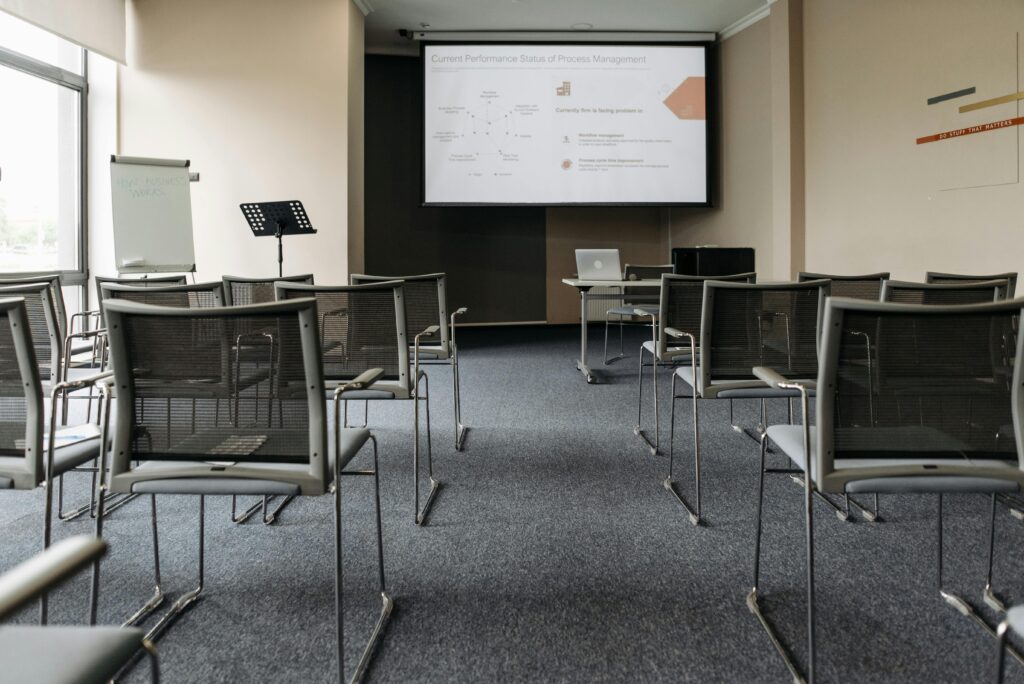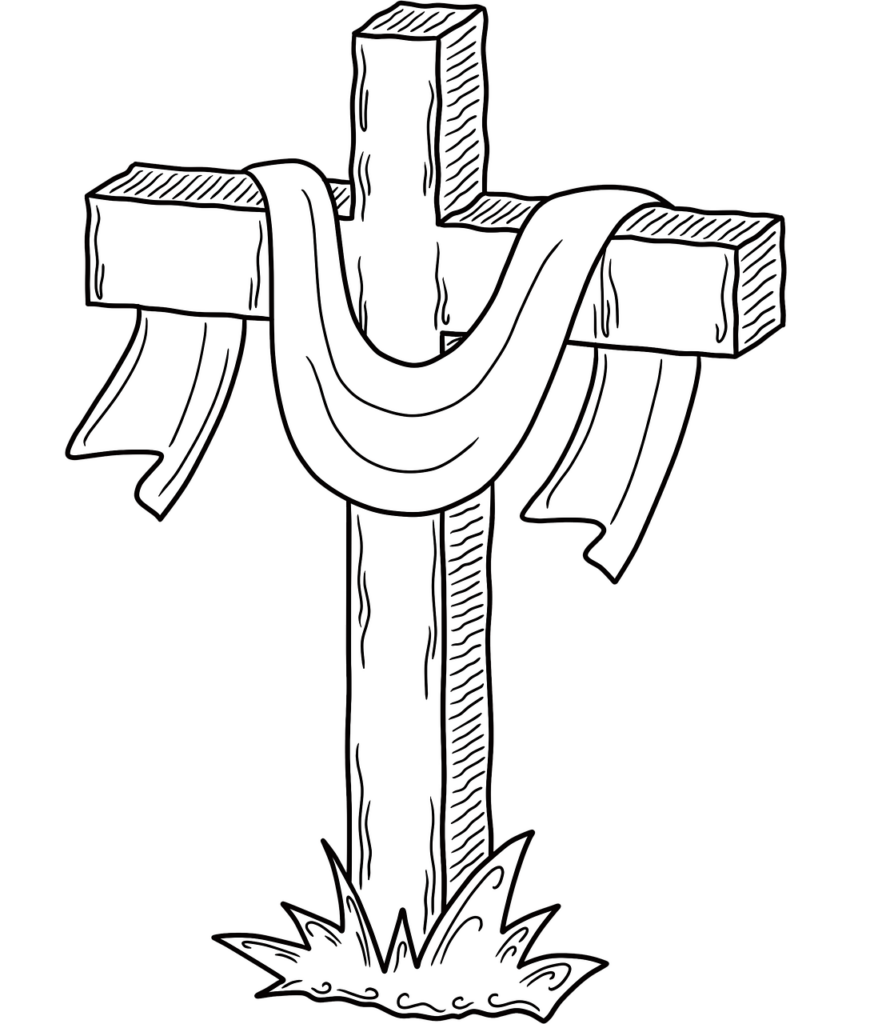Egyptian Christians Have More Houses of Worship
Government Confirms a Further 76 Churches and Buildings Owned by Church

Egyptian Christians Have More Houses of Worship. In July and August 2021, the Egyptian government confirmed that a further 76 churches and buildings owned by the church comply with the regulations for the construction of Christian houses of worship and the associated service buildings.
This time the declaration concerned 27 Christian houses of worship and 49 associated buildings. The new list of retrospectively “approved” churches and church buildings was published in the Official Gazette and was approved by Prime Minister Mostafa Madbouly on the basis of the review by the relevant government committee, which was used on an ad hoc basis to implement the retrospective building permits for Christian places of worship and associated buildings, which had been built in the past few decades without the necessary government and administrative permits.
On July 25th of this year, the responsible committee announced its judgment on the legal conformity of the newly approved churches and buildings. The Council of Ministers’ decision to “legalize” these buildings was taken on August 9th. This increases the number of churches and auxiliary service buildings that have been approved since the beginning of the “legalization” of Christian places of worship, which were built in the past without the necessary permits, to 1958.
The review and legalization process began with the adoption of the new law on the construction and management of places of worship, which was ratified by the Egyptian parliament on August 30, 2016. Since then, the government committee set up for this purpose has met 20 times and each time has approved the legalization of other churches and ecclesiastical buildings, which up until then were not legally approved in whole or in part. The last subsequent “approval” of the government committee for the legalization of churches, chapels, and ecclesiastical properties took place on April 12 of last year and affected a total of 82 church buildings.
The churches examined by the responsible government committee are mainly those that were built before the new law on the construction of Christian houses of worship came into force. The task of the committee is to check whether thousands of Christian churches and places of worship, which were built in the past without the necessary permits, meet the standards set out in the new law. The control usually leads to the legalization of places of worship.
In the past few decades, many churches and chapels across Egypt have been built spontaneously and without any required permits. Even today, such buildings, which were erected by local Christian communities without legal permission, are repeatedly used as a pretext to incite sectarian violence.
The law on places of worship of August 2016 represented an objective step forward for the Egyptian Christian communities compared to the so-called “10 rules” added in 1934 to the Ottoman legislation by the Ministry of the Interior, which prohibited, among other things, the construction of new churches close to schools, canals, government buildings, railways and residential areas. In many cases, the strict application of these rules had prevented the building of churches in cities and towns inhabited by Christians, especially in the rural areas of Upper Egypt.
Coptic Patriarch Names Three ‘Global Powers’
Related

Reflection by Bishop Enrique Díaz: The Lord’s mercy is eternal. Alleluia
Enrique Díaz
27 April, 2025
5 min

After Eight Days Jesus Arrived: Commentary by Fr. Jorge Miró
Jorge Miró
26 April, 2025
3 min

The Perspectivas del Trabajo Foundation is founded with the aim of promoting virtues for professional development
Exaudi Staff
25 April, 2025
2 min

Reflection by Bishop Enrique Díaz: Alleluia, alleluia
Enrique Díaz
20 April, 2025
5 min
 (EN)
(EN)
 (ES)
(ES)
 (IT)
(IT)

